Vesna Vulovic, a flight attendant from Yugoslavia, became an instant celebrity after going through the unthinkable. She was the sole survivor of a plane crash on January 26th, 1972, that resulted in 27 fatalities.
Despite her life-threatening injuries, Vulovic persevered and worked hard to recover completely. She still holds the Guinness world record for surviving the highest fall without a parachute.
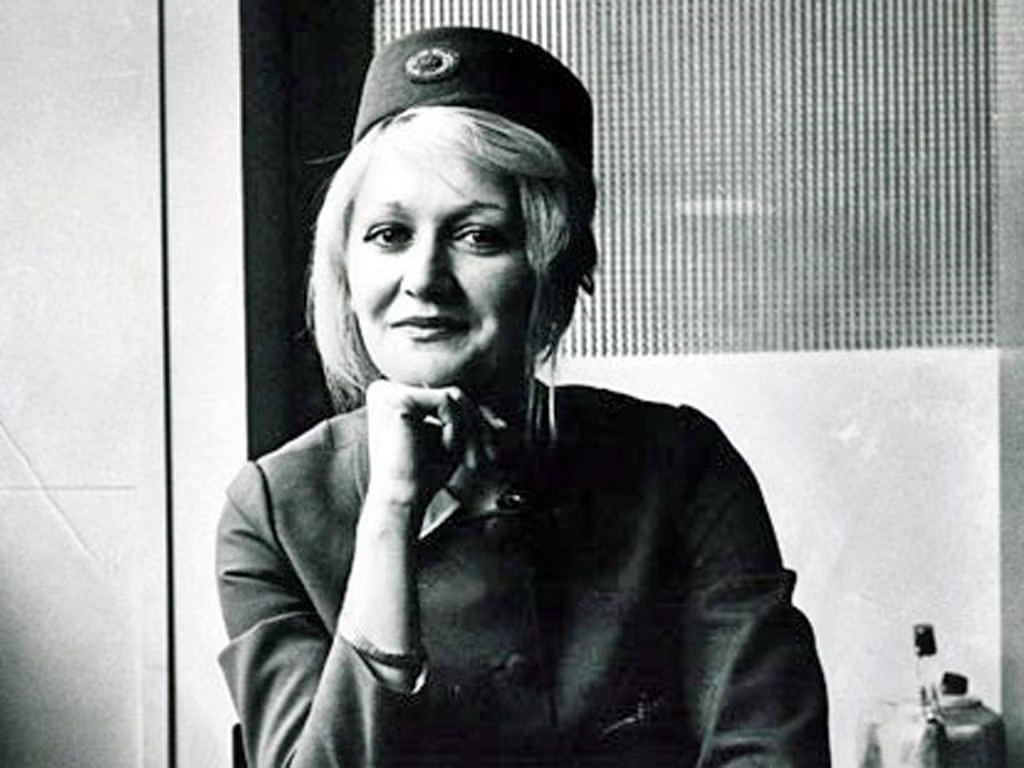

Background
Vesna Vulovic was born on January 3rd, 1950, in Belgrade, Yugoslavia. Her father was a businessman, while her mother worked as a fitness instructor. Vulovic was a very active child herself and enjoyed ballet and playing basketball.
After graduation, Vulovic continued her education at the Faculty of Philology in Belgrade, where she studied English Language. She learned the language from listening to the Beatles and translating the lyrics herself.
After completing two semesters at the University of Belgrade, Vulovic spent the summer in Newbury, England. The young woman was determined to move to London permanently, but her parents were against that idea.
When Vulovic returned to Belgrade, she bumped into a friend who worked as a flight attendant for Yugoslav Air Transport, also known as JAT.
The friend said she had visited London for a day recently, and that was enough to convince Vulovic to become a flight attendant. However, she had low blood pressure and knew that could be a problem in high altitudes.
Before her medical examination, Vulovic drank several cups of strong coffee, hoping to elevate her blood pressure. She passed the exam and was offered a job at JAT.
Vulovic enjoyed working as a flight attendant and everything that came with it. She was able to see the world and return to her hometown every week.
JAT Flight 367
In January 1972, Vesna Vulovic was a part of the relief crew for JAT Flight 367, flying from Stockholm, Sweden, to Belgrade, Yugoslavia. Vulovic wasn’t supposed to be on that flight, but JAT accidentally put her on the list.
The crew arrived in Copenhagen on January 25th, and Vulovic was excited because it was her first time visiting Denmark. The relief crew had a free afternoon, and Vulovic wanted to go sightseeing, but her colleagues insisted they shop for souvenirs.

On January 26th, 1972, JAT Flight 367 departed from Stockholm Arlanda Airport at 1:30 pm and landed at Copenhagen Airport one hour later.
The relief crew, including Vulovic, were waiting at the terminal as the passengers exited the airplane. The crew members noticed one passenger who looked annoyed but didn’t think twice about it.
The airplane left Copenhagen Airport at 3:15 pm with 28 people on board, including five crew members. At 4:01 pm, an explosion in the baggage compartment caused the plane to break apart mid-flight over Srbská Kamenice, a village in Czechoslovakia.
Bruno Honke, a lumberjack, heard a loud sound and went to investigate. As he entered the dense woods, he heard screaming. Honke followed the voice as he ran up a steep hill and approached the crash site.
Bodies were lying on the snow around the wreckage, and he found Vulovic underneath metal debris inside the fuselage. Vulovic’s uniform was covered in blood from a wound on her head, and Honke could see both her legs were broken.
Luckily, he was a medic in World War II and managed to provide first aid until emergency services arrived. He kept Vulovic warm and stopped the bleeding.
Vulovic was in a coma for days after the crash. Her injuries were severe and included a fractured skull, two broken legs, a fractured pelvis, broken ribs, and three broken vertebrae.
Her parents arrived in Czechoslovakia and waited for her to wake up. Weeks later, Vulovic was shocked to see them and asked what happened. She had amnesia and was unable to remember anything about the crash.
Vulovic’s Recovery
According to Vulovic, she was shown an article about the crash by the doctor weeks after it happened and was in complete shock.
As her memory slowly returned, she could remember passengers boarding the plane before the flight, and that was it. The next thing she remembered was her parents sitting by her bed in the hospital.
The young flight attendant was paralyzed from the waist down because of her injuries to the spine but was determined to recover completely.
She stayed in the Military University Hospital in Prague until March 12th, 1972, when she returned to Belgrade, her hometown. Curiously, Vulovic flew back home and wasn’t afraid of entering a plane because she had no memory of the crash.
In June 1972, Vulovic was discharged from the hospital and traveled to Montenegro, where she continued her recovery. She was still paralyzed, but a series of operations in the following months helped her regain her ability to walk.
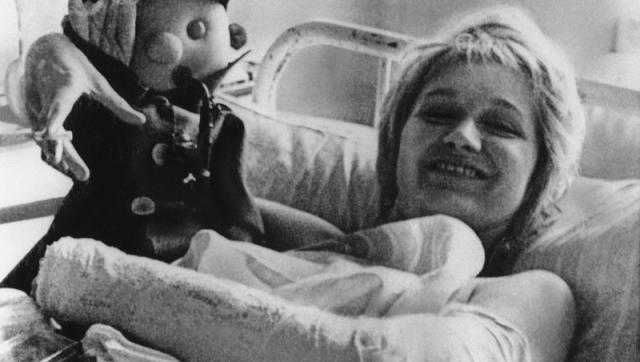
Doctors couldn’t do much about her injured legs, and Vulovic had a limp for the rest of her life. But she could stand up, and that was a victory.
What Happened To JAT Flight 367?
The pieces of the plane landed just outside of Srbská Kamenice, and Yugoslav authorities arrived at the scene to investigate almost instantly.
The black box was retrieved, and it stopped working at 4:01 pm. No data suggested anything was wrong with the plane up to that point. This finding indicated that the accident happened almost instantly.
The luggage compartment had heat damage, and the wires in that part of the plane were completely burned. Therefore, JAT Flight 367 didn’t malfunction, but the accident was caused by a bomb inside the plane.
Yugoslavian authorities have been receiving threats from Croatian nationalist groups for years, and that was one of the reasons why Yugoslavian airports had heavy security during that time.
These terrorist groups carried out 128 attacks over the years, mostly targeting Yugoslavian civilians. They were against the idea of the Socialist Federal Republic of Yugoslavia ever since the end of World War I.
Many Croatian residents joined the Axis Powers during the occupation of Yugoslavia in World War II and committed genocide against Serbs, Roma, and Jews.
Nationalist and fascist Ustashe movement was governing the Independent State of Croatia until the end of World War II when they were defeated by Yugoslav Partisans.
Ustashe, who managed to flee the country, created terrorist organizations throughout Europe and the Americas.
They wanted Croatia to be independent again and didn’t shy away from using extreme measures to destabilize the current government of Yugoslavia.
Furthermore, on January 26th, the same day as the plane crash, another bomb exploded in a passenger train traveling from Vienna, Austria, to Zagreb, Yugoslavia. Ustashe took credit for both attacks.
The authorities believed that a passenger from Stockholm boarded Flight 367 with a bomb in a briefcase. He arrived in Copenhagen but left his luggage behind. The Czechoslovak Civil Aviation Authority supported this theory as they reached the same conclusion.
But despite everything, Yugoslavian authorities never found a link between the passengers from Stockholm and the Ustashe movement. Therefore, no official arrests were made.
Even though Vulovic couldn’t remember anything about the plane crash, authorities believed that Ustashe might come after her because she was a witness.
A guard was posted in front of her hospital room in both Prague and Belgrade while she recovered from her injuries.
An Alternative Theory
An alternative theory regarding the crash emerged in the 1990s after the fall of the Soviet Union that suggested that Czechoslovak air defenses shot down the plane by mistake and then covered it up.
The second version proposes that the JAT Flight 367 requested an emergency landing in Czechoslovakia after experiencing a malfunction. As the plane descended, the pilots lost contact with ground control.

Meanwhile, the Czechoslovak Air Force saw an unidentified aircraft that didn’t respond to their radio calls on their territory. They shot down the plane with a surface-to-air missile.
An aviation expert from Yugoslavia who examined the crash site stated that the debris area was too contained for an airplane that exploded at 30,000 feet. Furthermore, several eyewitnesses from Srbská Kamenice said they saw the plane engulfed in flames close to the ground.
Czechoslovak secret police allegedly covered up the real evidence and insisted that a bomb destroyed the plane. Other experts chimed in, saying that ground-to-air missiles wouldn’t be used in this situation. Czechoslovak Air Force would send fighter planes.
However, they would’ve been noticed by other countries, namely Germany. People who allegedly knew the truth would’ve come out publicly by the 1990s, but nobody did. Both black boxes confirm that the airplane didn’t descend over Czechoslovakia and maintained the expected altitude, speed, and direction.
Vulovic’s Life After The Crash
After surviving the fall from more than 30,000 feet, Vulovic was seen as a national hero in Yugoslavia. Air safety investigators determined that Vulovic survived the crash because she was pinned down by an airline service trolley that prevented her from being sucked out of the aircraft after the explosion.
Vulovic’s low blood pressure made the flight attendant pass out as soon as the cabin was depressurized, and her heart remained intact as the fuselage landed on snow and trees.
In September 1972, she wished to continue working as a flight attendant, but JAT insisted she stay on the ground and work a desk job. Regardless, she flew regularly as a passenger. Vulovic became an honorary citizen of Srbská Kamenice, and Honke, who found Vulovic, named his granddaughter Vesna.
In 1976, Vulovic met Nikola Breka, a mechanical engineer, and the two married one year later.
In 1985, Vulovic became the world record holder for surviving the highest fall without a parachute, according to The Guinness Book of World Records. Paul McCartney presented her with the medal and certificate.
Vulovic divorced her husband in the 1990s and was fired from JAT around the same time for criticizing Slobodan Milosevic and his rise to power.
In the 2000s, Vulovic openly admitted to experiencing survivor’s guilt and that her miraculous survival made her religious.
She didn’t talk to journalists often because she was tired of retelling the same story over and over again. The former flight attendant even declined an interview from Oprah Winfrey. Vulovic lived in a family apartment in Belgrade with three cats and received a monthly pension of €300.
In December 2016, Vulovic’s friends requested a welfare check because she stopped answering her phone. The neighbors heard the pets meowing by the front door and suspected that something had happened to Vulovic.
Her lifeless body was discovered in her apartment on December 23rd, 2016. Vulovic died of a heart attack. The hero of Yugoslavia was laid to rest on December 27th, 2016.
Sources
https://web.archive.org/web/20151123102117/http:/www.nacr.cz/Z-files/znasichfondu_II_2.pdf



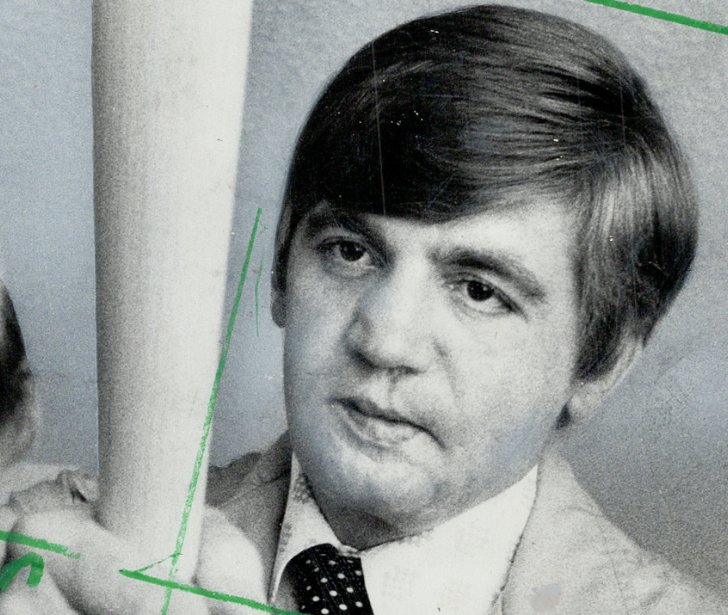
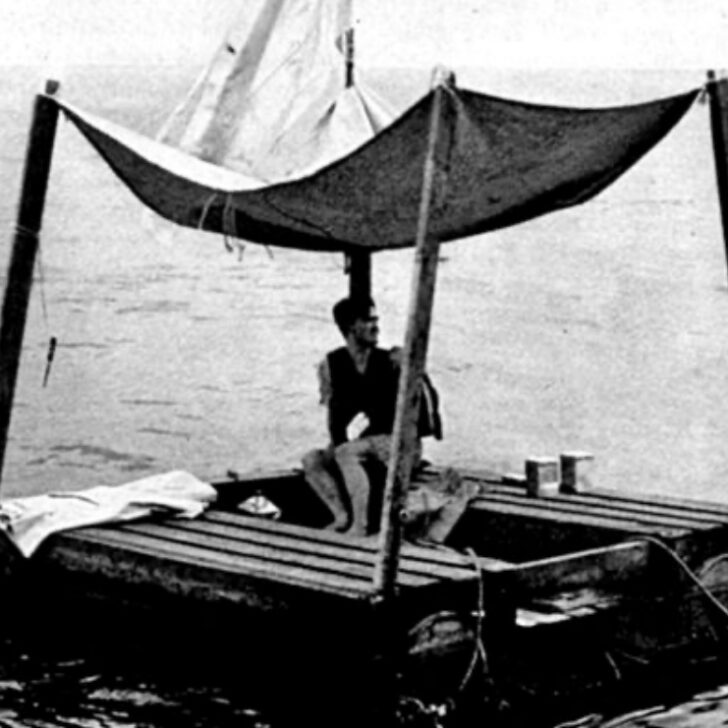






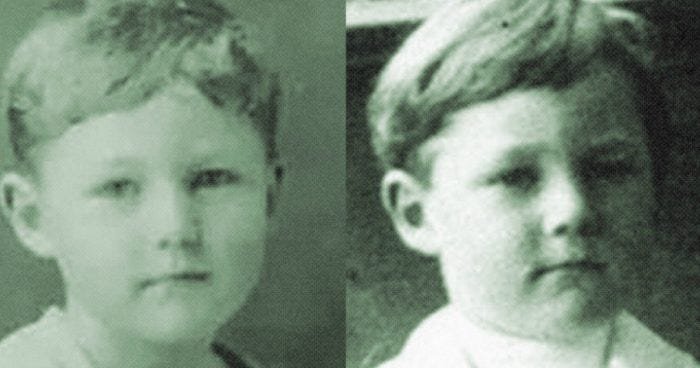

Leave a comment